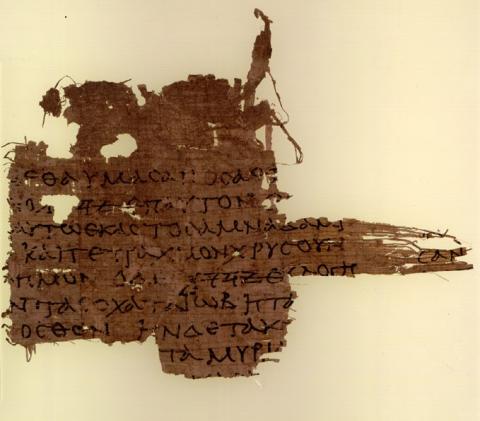 The Septuagint, as the translation of the Hebrew Bible, was a landmark of antiquity. It is the first translation in the history of the Bible. It also, for all its oddities of language and translation style, became the central literary work of Hellenistic Judaism and early Christianity. As its importance has been increasingly recognized in scholarship.
The Septuagint, as the translation of the Hebrew Bible, was a landmark of antiquity. It is the first translation in the history of the Bible. It also, for all its oddities of language and translation style, became the central literary work of Hellenistic Judaism and early Christianity. As its importance has been increasingly recognized in scholarship.
The study of the Septuagint is a diverse field today. The Septuagint remains an important witness to the text and interpretation of the Hebrew Bible in antiquity. Questions continue to be raised regarding the social status of the translators, their competence and their theological intent, all dependent upon one’s understanding of the translation technique. The course will introduce and examine the evidence and methods for interpreting the Septuagint, considering both the Pentateuch and the varying style of other books. Consideration will also be given to the later translation traditions in the so-called “Recensions.” The course will introduce students to the issues and methods in Septuagint study, including the diverse textual history as well as the analysis of the language and vocabulary as a means for evaluating the Septuagint text and context.
Image: Title: Papyrus Oxyrhynchus 3522. Creator: Sackler Library, Oxford. Source: https://tinyurl.com/y2wawz5v. Licence: CC BY-SA 4.0.
